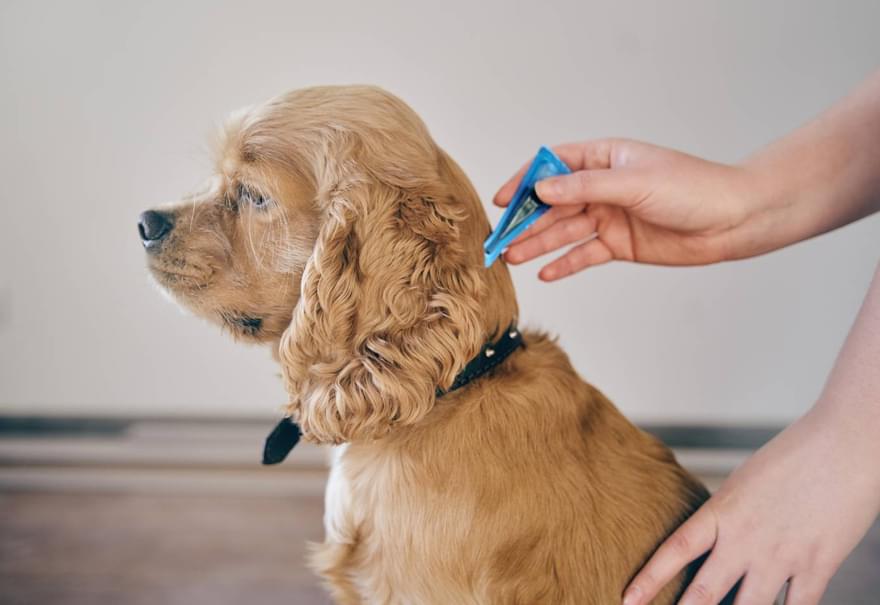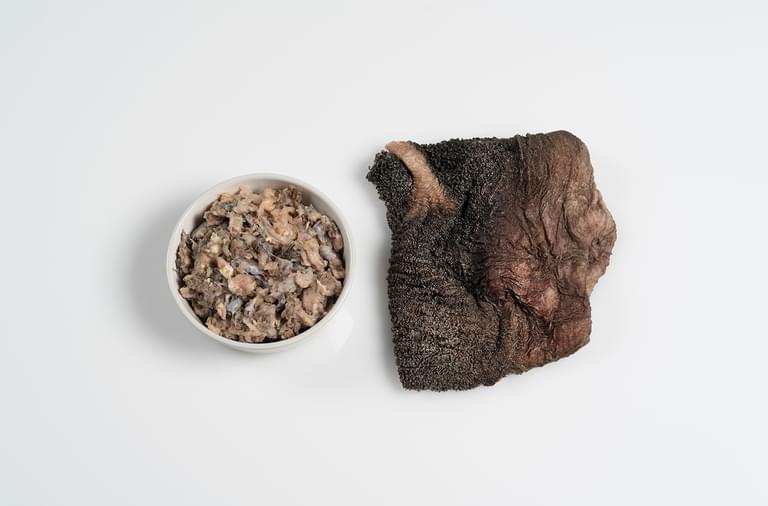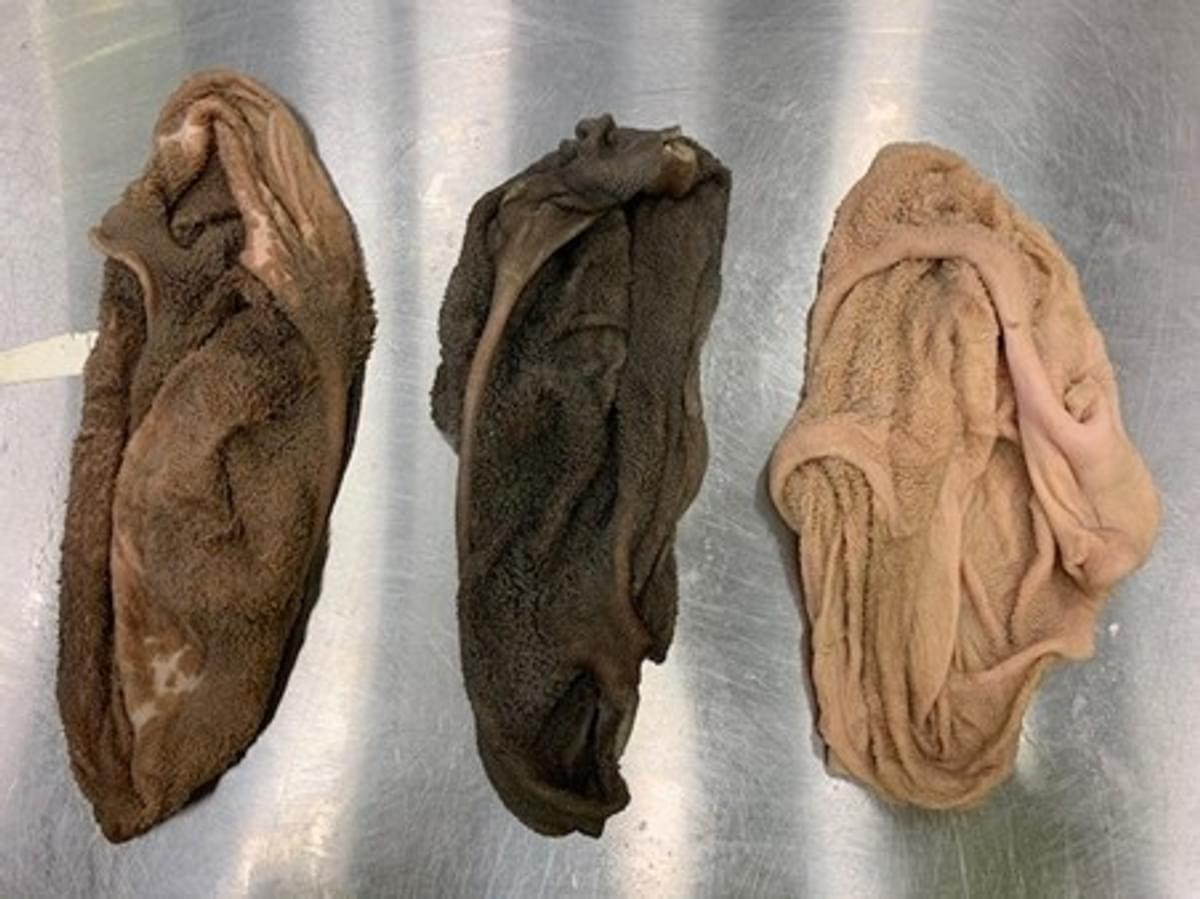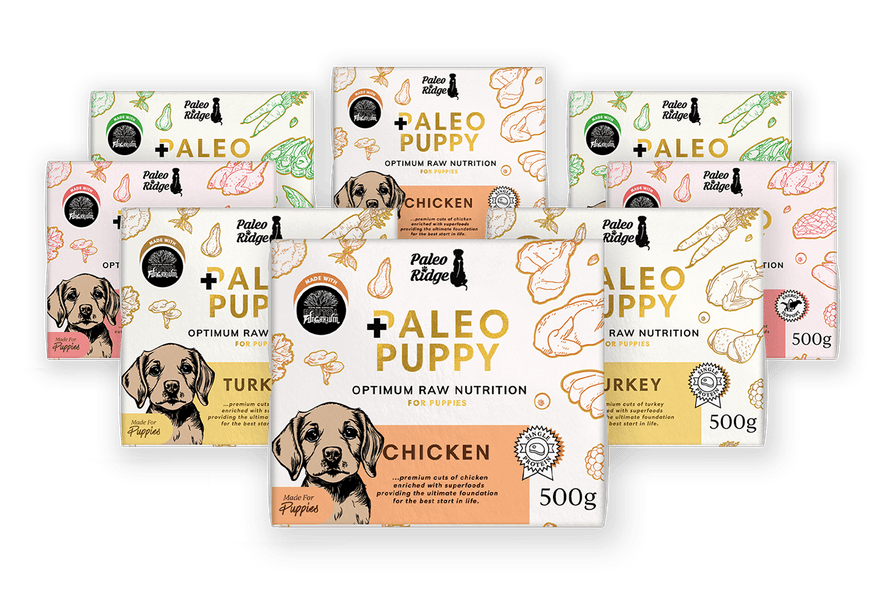Don’t be alarmed, this is normal! Tripe is not the prettiest of products and can vary in appearance and smell. Why does it smell so bad? Because it is the lining of the animal’s stomach where digestive fermentation begins. The smell can be of little odour to incredibly pungent. So do have your nose pegs and candles at the ready around your dogs dinner time. The offensive smell often leads people to believe it is off, this is not the case. All our products are checked and tested before they leave our premises so the chances of a bad batch of tripe being distributed, is near on impossible.
‘We often have people new to raw feeding contact us regarding the look and smell of tripe suspecting it is off, this is not the case, tripe is naturally very smelly and looks strange. We will always reassure you if you ever have any concerns and hopefully the above information should give our readers some peace of mind.’ – Esther, In House Raw Feeding Expert and Customer Service Supervisor.
One of the benefits of having a strong smell is, it can entice picky eaters. Dogs who are fussy usually cannot resist the pungent smell of tripe.
Take a look at the photo below. These show how different tripe can look in colour, even when from the same animal. The three pieces of tripe below are from a fresh delivery of lamb tripe we received, all from the same batch, all perfectly safe and packed with nutrients and different in colour.




